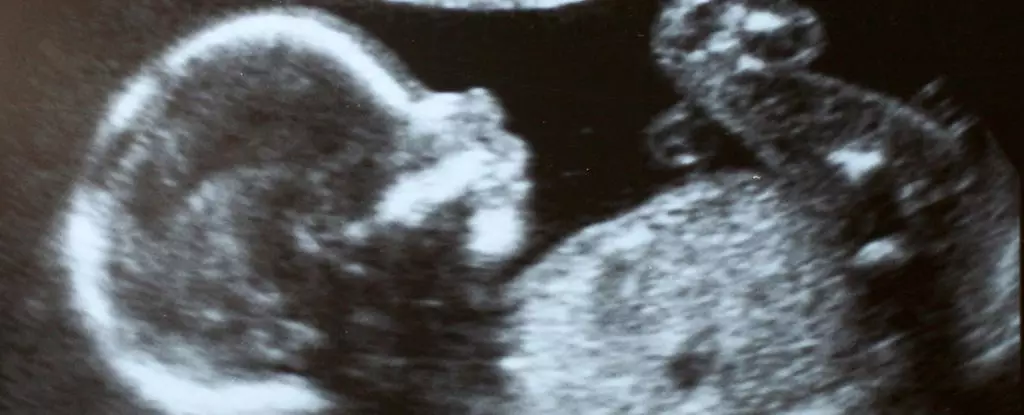Spinal muscular atrophy (SMA) stands as one of the most challenging genetic disorders, often leading to devastating consequences for affected infants and their families. Characterized by severe muscle weakness that typically manifests in the first six months postpartum, SMA is primarily caused by mutations in the SMN1 gene, leading to the insufficient production of survival motor neuron (SMN) protein. This condition not only compromises mobility but can also lead to respiratory failure, with most infants diagnosed with type 1 SMA not surviving beyond their second birthday. Yet, advancements in medical technology provide a glimmer of hope, paving the way for innovative treatment approaches, including prenatal interventions.
In an unprecedented case, doctors in the United States have taken a significant step forward in treating SMA by administering medication to a fetus while still in the womb. This groundbreaking case involved a mother who had previously suffered the heartbreak of losing a child to SMA. When prenatal testing revealed that her next baby had the same genetic mutations, the parents were eager to seek alternatives to traditional postnatal treatments.
The FDA granted approval for the early use of the oral medication risdiplam (Evrysdi), marking a pivotal moment in the approach to this condition. Unlike traditional methods that only commence treatment after birth, the mother took risdiplam daily for six weeks during her pregnancy. The significant aspect of this intervention lies in its potential to alter the trajectory of SMA’s impact, allowing for crucial early treatment that traditional methods could not offer.
The mechanism behind risdiplam’s effectiveness is crystal clear. By increasing the levels of the SMN protein, the treatment aims to preserve the motor neurons that deteriorate in infants afflicted with SMA. Research has demonstrated that earlier intervention is crucial; children who begin treatment before the age of six weeks experience far superior outcomes compared to those who start later. These outcomes include critical milestones such as independent swallowing, feeding, and mobility—skills often unattainable without intervention.
SMA is a condition where the degeneration of motor neurons begins well before obvious symptoms appear; thus, the timing of treatment is essential. Pediatric experts, including neurologist Laurent Servais, emphasize that immediate intervention can make a substantial difference in a child’s quality of life and overall development. In this particular case, the infant has thrived, reaching two and a half years of age without signs of muscle weakness, a testament to the potential of prenatal treatment.
While this case study is monumental, it also raises questions about the broader applicability of such treatments. Medical professionals express caution regarding the generalization of results from a single case, but advocates for prenatal therapies argue that it could serve as a prototype for future interventions. If barriers to this type of treatment can be lowered, it could revolutionize how conditions like SMA are approached, giving families hope during the pregnancy itself rather than waiting for potentially tragic outcomes.
The call for more robust clinical trials to explore prenatal treatments is echoed by pediatric neurologists and researchers. As more parents find themselves grappling with the challenges of genetic disorders, this case could ignite interest in other potential prenatal interventions for various conditions, laying the groundwork for a new standard in neonatal care.
This groundbreaking case not only offers hope to families grappling with the challenges of SMA but also shines a light on the importance of innovation in medical therapy. Risdiplam’s journey from laboratory validation to prenatal application illustrates the potential for redefining treatment paradigms for genetic disorders. Although it may take time for this case to influence widespread practice, it serves as a beacon for future research and intervention strategies, encouraging a proactive approach to genetic diseases. The success of this single case can inspire further exploration in prenatal treatment, potentially transforming the landscape of infant healthcare and offering new avenues of hope for families facing similar journeys.

